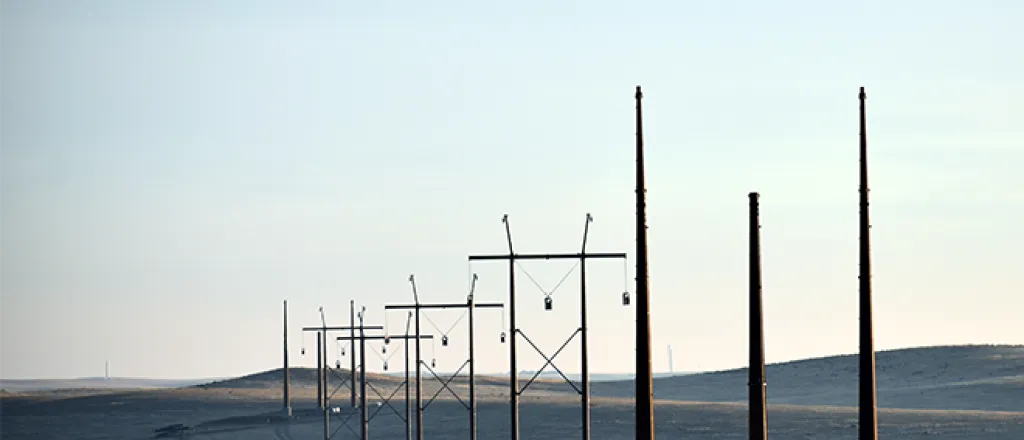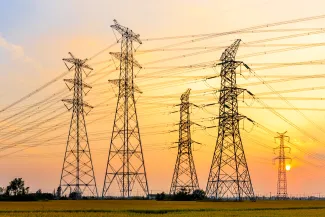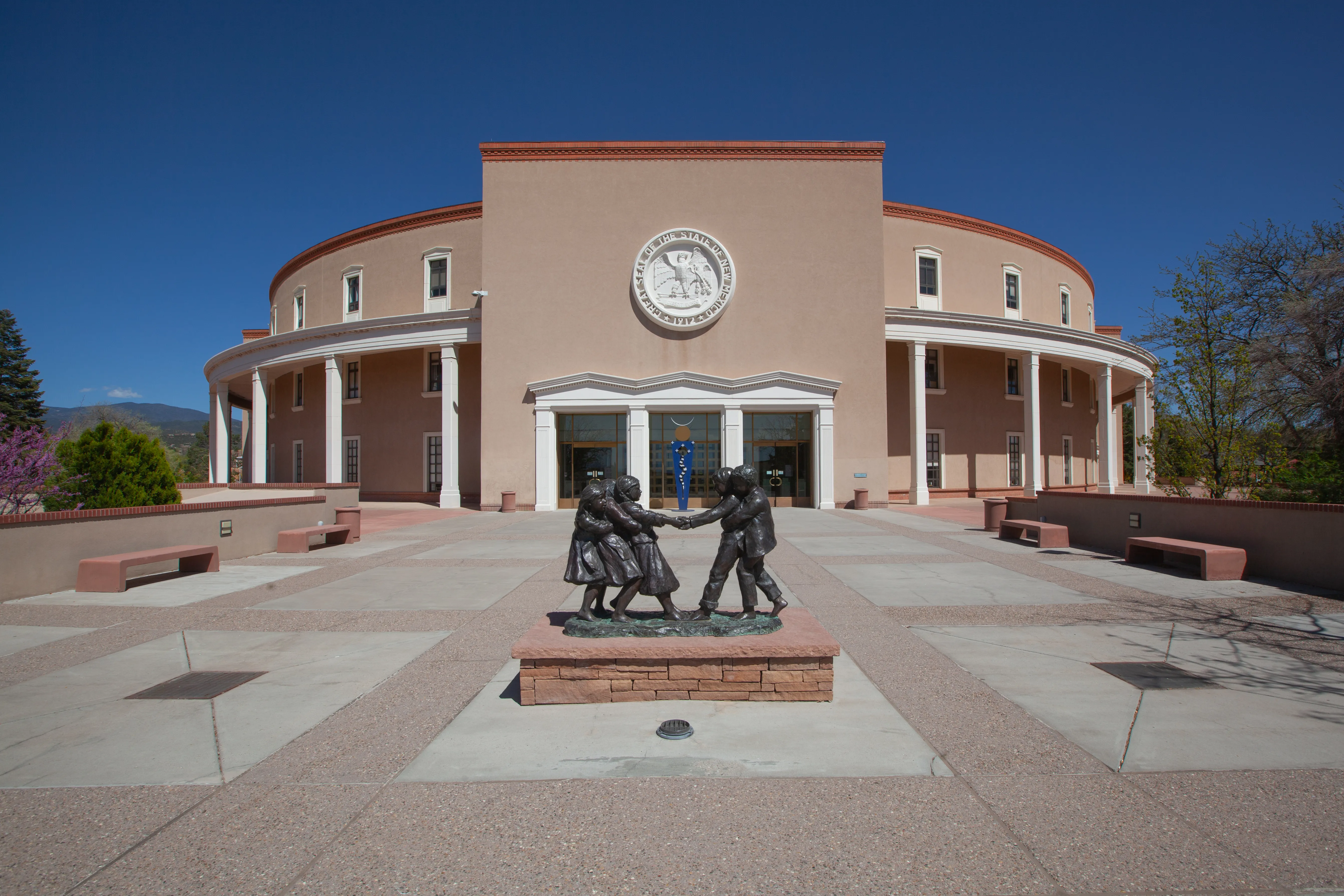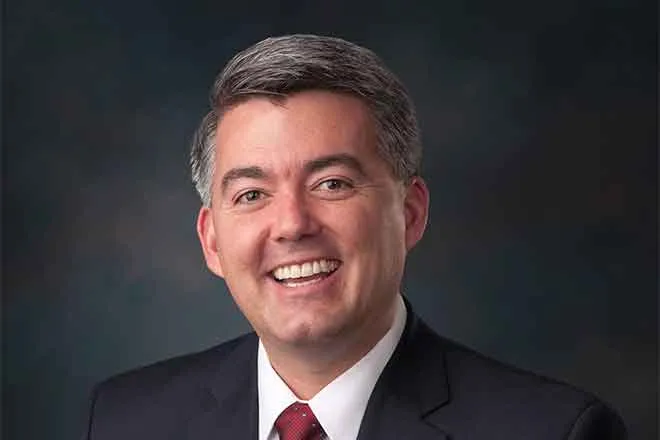
FERC rule to spark energy transmission building nationwide
Click play to listen to this article.
(Northern Rockies News Service) A new step from the federal government takes a step toward modernizing the process for building energy transmission lines - while also protecting wildlife.
The Federal Energy Regulatory Commission has approved the transmission planning and cost allocation rule, which will help the country meet its growing need for clean energy.

© iStock - zhaojiankang
Brian Brooks, executive director of Idaho Wildlife Federation, said the rule also takes wildlife into account by focusing on existing infrastructure, which he said will make Idaho a hub for clean energy and transmission lines.
"This rule will absolutely have an impact on Idaho transmission and minimize the impact that that infrastructure will have on our fish and game species here in the Gem State," said Brooks.
A study from the U.S. Department of Energy found the country needs to double its regional transmission capacity to meet its 2035 clean energy goals. The rule requires planning at least 20 years into the future.
Veronica Ung-Kono, staff attorney with the National Wildlife Federation, said the new rule is especially important as the country feels the effects of climate change.
"The pressures on our country's energy infrastructure are high - energy demands are growing, while increasingly severe weather events and changing energy needs are straining already overburdened systems," she said.
Ung-Kono noted FERC isn't just looking at the impacts on wildlife. She said the agency is also taking into consideration tribal nations and environmental justice communities when siting transmission line projects.
"The Federal Energy Regulatory Commission is actually proposing to now consider air quality impacts and environmental noise impacts too, which are certainly steps in the right direction," she added.

















